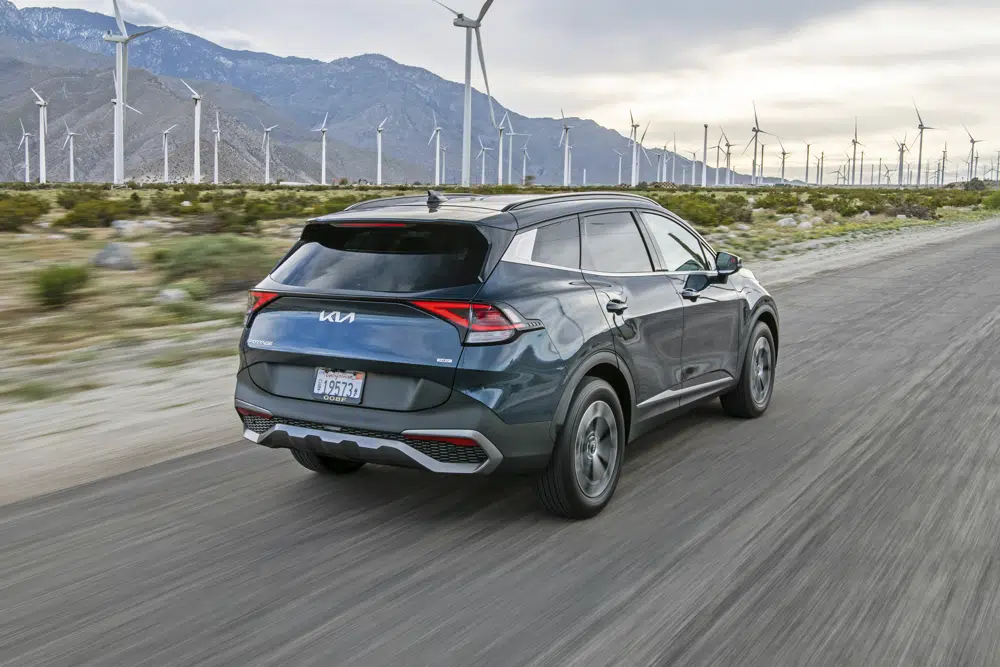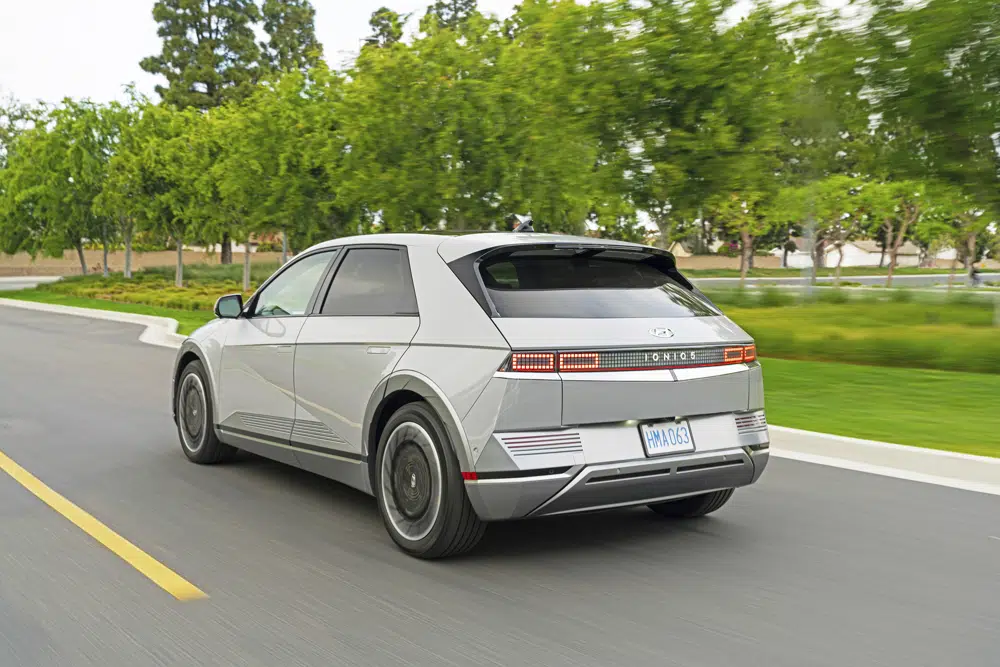Over the recent years, Hyundai and Kia have experienced a remarkable surge in their popularity and have emerged as top contenders in some of the most sought-after vehicle segments, as per Edmunds’ rankings. In fact, these brands have secured top positions in categories like three-row midsize SUVs, midsize sedans, and various types of electric vehicles. This shift in the rankings can be quite unexpected for buyers who anticipate seeing more conventional brands such as Chevrolet, Ford, Honda and Toyota.
The triumph of Hyundai and Kia cannot be solely attributed to any particular factor, like limited duration marketing strategies such as low pricing or unreliable rebates. It is necessary to examine in detail what the automakers from South Korea are doing right and where they still need to make improvements.
One aspect that sets Hyundai and Kia apart is their distinctive and eye-catching design. They understand the significance of leaving a lasting impact on potential customers. Whether it’s a spacious three-row SUV or an advanced electric vehicle, an attention-grabbing exterior design captures attention and generates curiosity.
Let’s focus on electric vehicles(EVs). Although they share a platform and electric powertrains, the Hyundai Ioniq 5 and Kia EV6 have distinct approaches in catching the attention of the EV market. The Ioniq 5 boasts sharp edges and angles that resemble the iconic DeLorean from the film “Back to the Future” while the Kia EV6 has a conventional yet sophisticated appearance with pointed front end, solid fenders, and a streamlined tail. Additionally, the recently released Hyundai Ioniq 6 electric sedan features a sweeping roofline that extends to the rear bumper and an abundantly curvy exterior.
Hyundai and Kia’s bold designs are not limited to electric vehicles but also extend to conventional SUVs. The Kia Telluride, released in 2020 with a broad-shouldered stance and rugged design, quickly became popular and soared up the sales chart. Nevertheless, style alone doesn’t guarantee success. The distinctive looks of the Hyundai Elantra and Kia Forte sedans, for instance, do not excel in the crucial aspects that define a great sedan. As a result, the Honda Civic, with its relatively conservative design, remains Edmunds’ top-rated small sedan.
In addition to their striking designs, Hyundai and Kia offer the latest technology in their vehicles. They have worked to enhance features such as infotainment systems, driver-assist features, and advanced safety features. Hyundai and Kia’s infotainment systems are user-friendly and intuitive, with features such as Apple CarPlay and Android Auto standard across most models, allowing drivers to connect their smartphones easily. They also offer robust driver-assist systems, including adaptive cruise control, lane-keeping assist, and automatic braking systems to not only make driving more comfortable but also safer. Furthermore, cutting-edge safety features such as blind-spot monitoring and rear cross-traffic alert are part of the package, providing drivers with outstanding protection.
Modern vehicles are not just cars or trucks but also advanced computers with complex technology. While the microchip shortage highlighted the significance of technology in cars, sometimes it can become quite intricate that it takes experienced individuals to keep up with it. But if the interface to this technology is overly complicated, it can create an unpleasant experience for drivers.

Hyundai and Kia have tackled this challenge by introducing intuitive and user-friendly infotainment systems that include popular features such as Apple CarPlay and Android Auto, satellite radio, and various USB ports. Many of their recent car models feature modern-looking displays for both the instrument cluster and infotainment touchscreen, leaving some rival systems appearing considerably rudimentary.
Hyundai and Kia’s dedication to technology is clear not just in their infotainment systems but also in their powertrain technology. For instance, the Ioniq 5 and EV6 possess the capacity to charge quickly at high-powered public DC fast-charging stations, surpassing many other EVs’ abilities. Additionally, the South Korean automakers have been leading the way in the hybrid and plug-in hybrid vehicle market, introducing hybrid versions of their small SUVs like the Hyundai Tucson and Kia Sportage.
However, buyers should be aware that the non-hybrid versions of these models, including the Tucson and Sportage, lack strong powertrains and fuel economy. As a result, they have dropped in Edmunds’ rankings.
Kia and Hyundai have bolstered their vehicle lineups with desirable technology and safety features, all while keeping the cost low for car buyers. Many other brands often include tech and comfort features in options packages that can add up to increase the purchase price, or they restrict them to their most expensive trims.
Though the gap has reduced between brands, Hyundai and Kia still lead in providing more features for a given price. Moreover, the brands also provide some of the most extended warranty coverage in the industry. They offer a 10-year/100,000-mile limited powertrain warranty, which no competitors provide. This aspect adds an extra layer of peace of mind for car buyers.
High demand for particular Hyundai and Kia models has led to a decrease in the value they provide. During the pandemic, shortages resulted in dealer markups of thousands of dollars above the suggested retail price, especially for the Kia Telluride. Although this has improved, customers still need to be cautious of dealer markups that can negate a lot of the baseline value of their purchase.
In conclusion, Hyundai and Kia have established themselves as leaders in various car segments with their expressive designs, competitive prices, and comprehensive standard features. Nevertheless, shoppers should remember that not all models from these brands are exceptional and should remain smart buyers.
